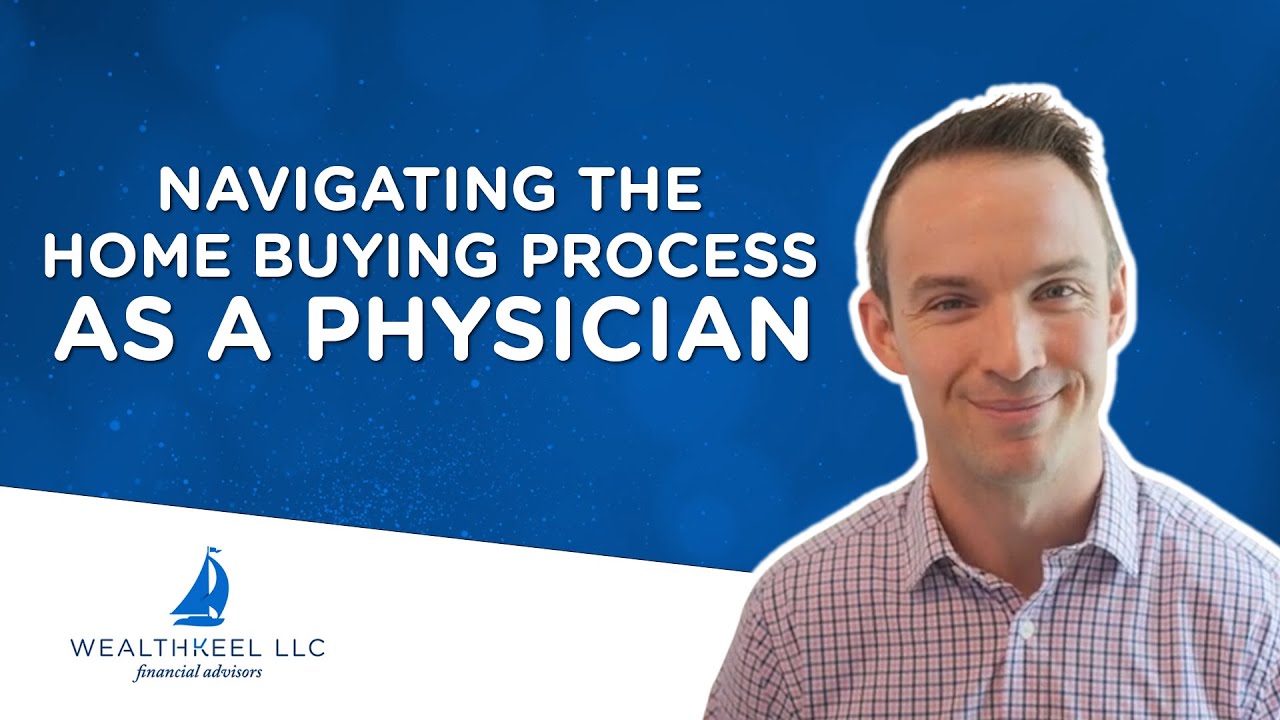Navigating the Home Buying Process as a Physician
Navigating the home buying process can be a daunting challenge, particularly for physicians who face unique financial circumstances. With recurring questions from clients, readers, and followers, it becomes essential to address the critical aspects of home buying tailored to the physician community. This guide delves into how much you can afford, the specifics of physician mortgages, and a detailed look at closing costs, providing physicians with a roadmap to secure their dream home efficiently and wisely.
🎥 Prefer video over the blog? We’ve got you covered!
Watch our YouTube video as we dissect this blog post for you 🎥
Understanding Affordability in Home Buying
The 28% Income Rule and Its Pitfalls
One of the first parameters to consider when purchasing a home is determining how much of your gross income should go towards your mortgage. The traditional model suggests 28%, but this number may not be practical for everyone, especially physicians. After evaluating numerous financial plans and consulting with over a hundred clients, it’s evident that most are well below this threshold. Physicians often face additional financial burdens such as student loans, family planning, and dual household incomes, which can complicate sticking strictly to the 28% rule.
Why Less Might Be More
Instead of adhering to the 28% guideline, many physicians find a more comfortable range between 14% to 18% of their income dedicated to housing. This adjustment allows for greater financial flexibility and accounts for the myriad of expenses that can arise after purchasing a home, including child expenses, schooling, and unexpected personal expenditures. Moreover, maintaining your housing costs below this percentage helps manage your total debt-to-income ratio effectively, keeping it under the recommended 36%.
Real-World Examples
To put things into perspective, let’s crunch some numbers for varying income levels:
- $216,000 Annual Income: At the traditional 28%, you could possibly* afford a $750,000 home.
- $450,000 Annual Income: At the same rate, a $1.5 million home might* be within reach.
- $600,000 Annual Income: This income could maybe* justify nearing a $2 million home purchase.
While these numbers provide a ballpark of 28%, the key takeaway is to aim lower than these figures to preserve financial health and flexibility.
🚨 *I would argue that you want to be much lower than 28% in most circumstances; maybe even closer to 14%! You don’t want to get trapped with a high home payment.
Decoding the Physician Mortgage
Finding the Right Mortgage Broker
When looking into purchasing your first or next home, partnering with a knowledgeable and reputable mortgage broker can make all the difference. Specifically, you’ll want someone who understands the intricacies of physician mortgages. This specialized advice is crucial as it ensures the mortgage plan aligns with your financial and professional status.
Advantages of Physician Mortgages
Physician mortgages are particularly beneficial as they often require no down payment and do not usually necessitate PMI (Private Mortgage Insurance), even if the down payment is less than 20%. This kind of mortgage is predicated on lenders trusting in the physician’s potential future earnings, making it somewhat easier to obtain a loan.
Exploring Conventional Mortgages
Despite the appealing aspects of physician mortgages, it’s wise to compare these with conventional mortgages. Occasionally, the terms of a conventional mortgage, particularly the interest rates and PMI conditions, might prove more favorable in the long run. PMI can eventually be removed once equity is established, potentially saving a significant amount over the life of the loan.
The Importance of Pre-Approval
Secure a pre-approval letter early in your search to understand your budget realistically. However, exercise caution and resist the lure to stretch your financial limits just because you qualify for a higher amount.
Comprehensive Guide to Closing Costs
Planning Your Down Payment
Even with the option of a zero down payment with physician mortgages, it is prudent to consider a down payment of 5-10%. This initial equity investment reduces monthly payments, increases home equity from the start, and can offer financial relief with rising interest rates.
🚨 With higher interest rates, the higher the downpayment, the better.
Anticipating Closing Costs
Typically, closing costs range between 2% to 5% of the home’s purchase price. These costs encompass various fees such as mortgage application fees, underwriting, inspections, and appraisals. Strategically planning to cover these costs out-of-pocket can prevent rolling them into the mortgage, where they would accrue interest over time.
Preparing for Prepaids
You will likely need to pay a year’s worth of homeowner’s insurance upfront and possibly six months of property taxes. These prepaids stabilize your escrow account but can be substantial, so it’s essential to factor these into your initial budget.
Additional Expenses to Consider
Beyond the closing table, remember the costs of moving, furnishing, and setting up your new home. Whether moving across the country or upgrading your living situation, these expenses can add up quickly and should be planned for meticulously to avoid financial strain.
Conclusion
For physicians entering the world of homeownership, understanding the nuances of how much to spend, selecting the right mortgage type, and preparing for associated costs can lead to a more streamlined and stress-free buying experience. Armed with this knowledge, you can make informed decisions that align with your professional and personal financial goals. Remember, buying a home is not just a transaction; it’s a step towards your future stability and happiness.
Looking for a more thorough all-in-one spot for your financial life? Check out our free eBook: A Doctor’s Prescription to Comprehensive Financial Wellness [Yes, it will ask for your email 😉]
